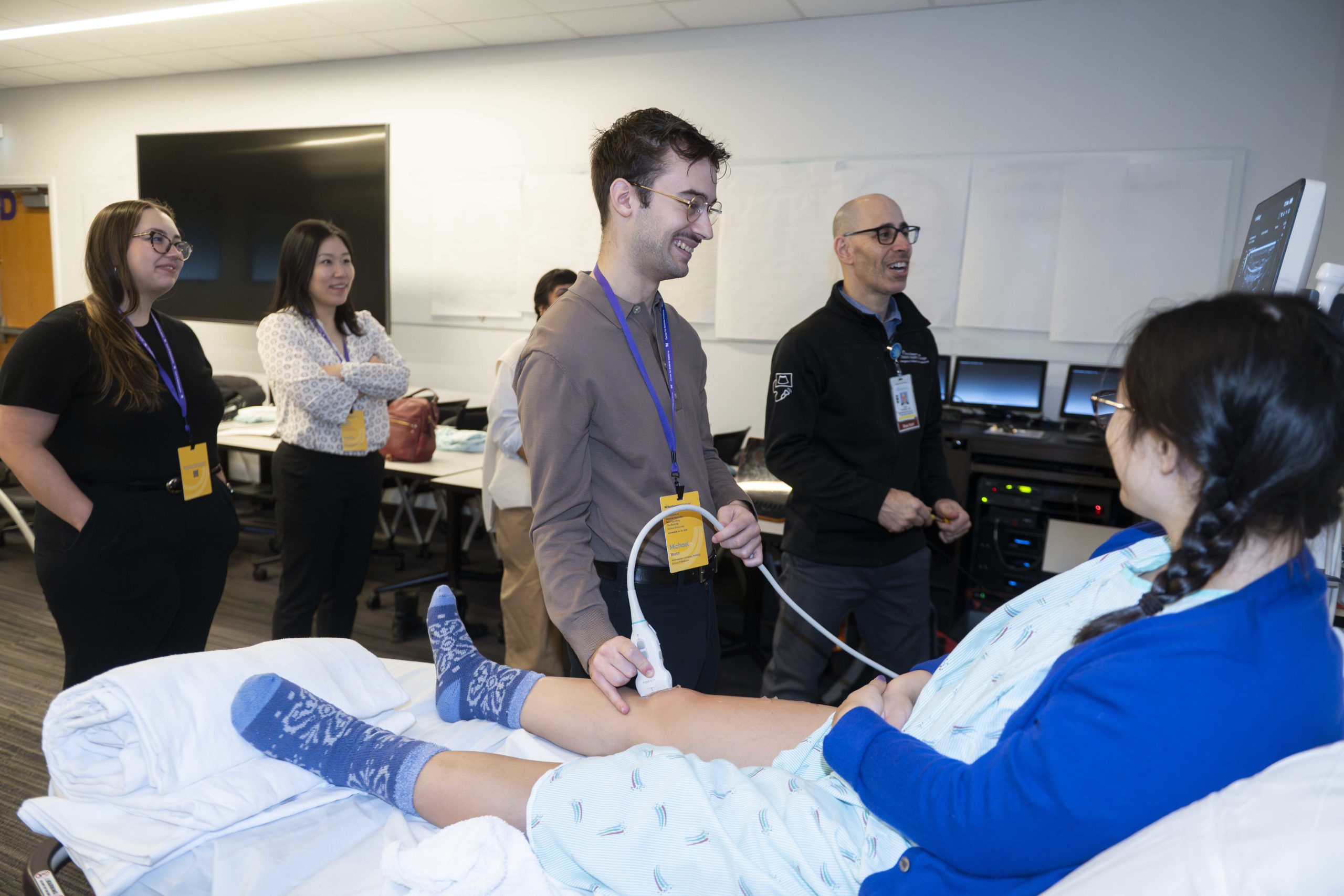Tag: Neurology and Neuroscience
-
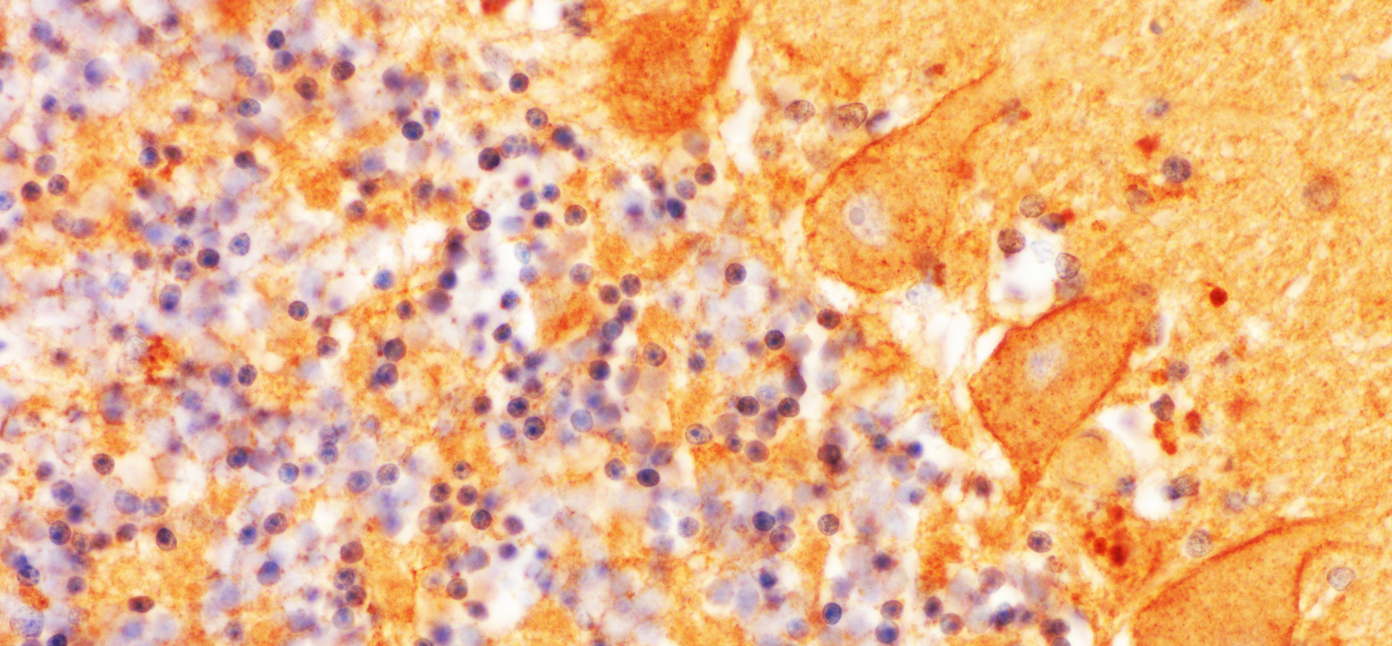
Adult-Onset Neurodegeneration Has Roots in Early Development
The roots of a progressive degenerative disease begin much earlier than previously thought, according to a recent Northwestern Medicine study.
-
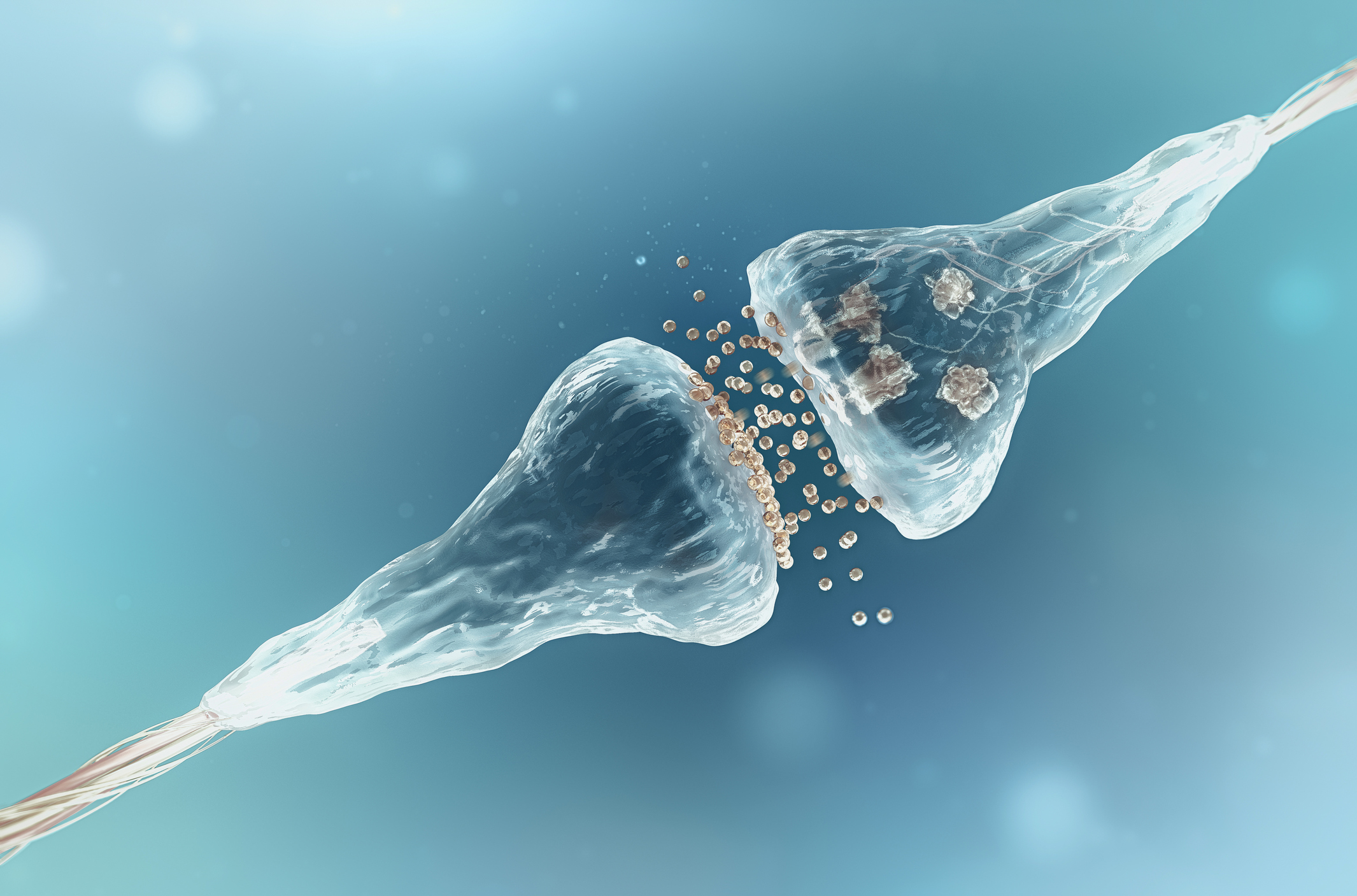
Scientists Develop New Tool to Study Nicotine Receptors
A team of scientists has developed a new technique that allows investigators to better study the effects of nicotine on brain cells.
-
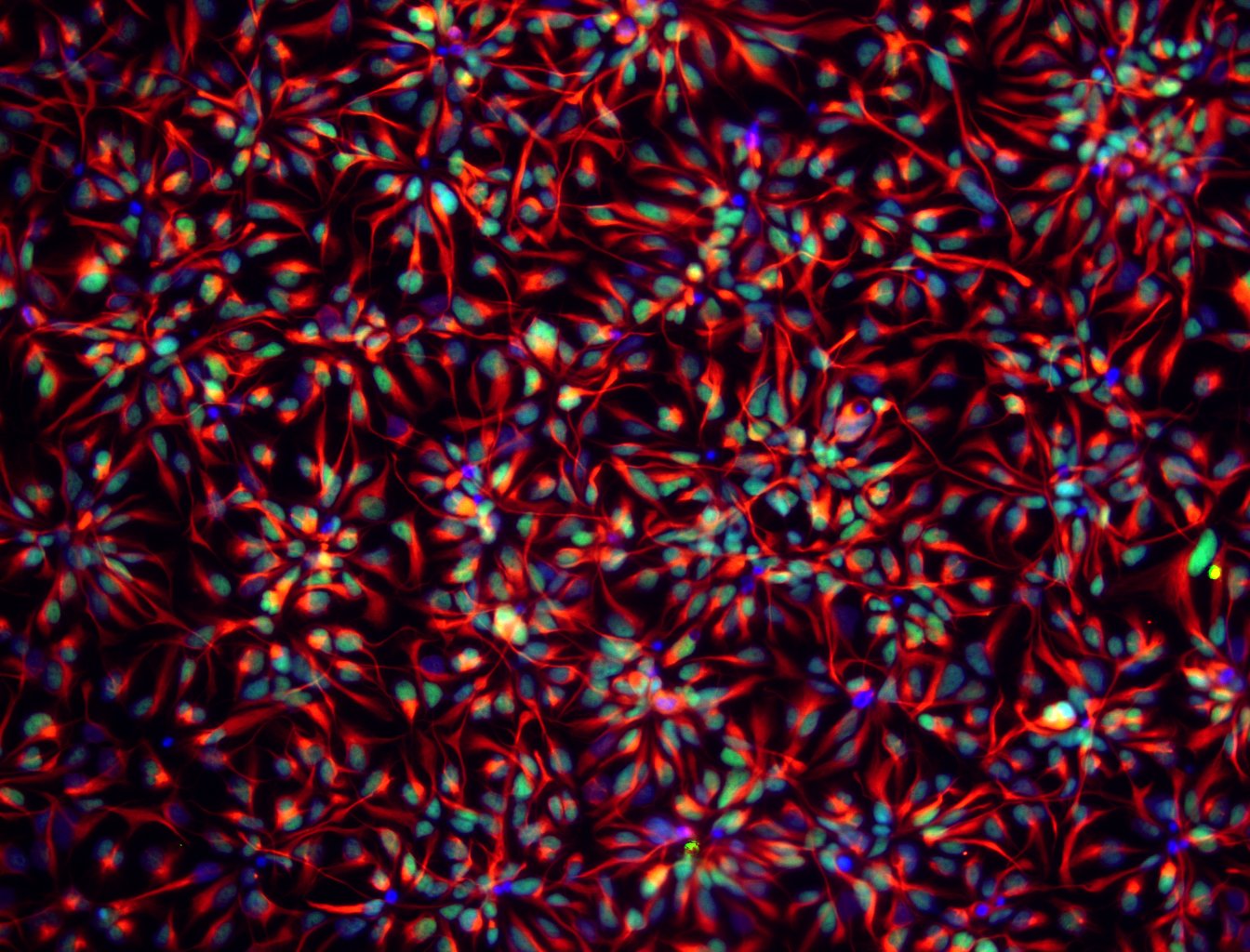
DNA Methylation Plays Key Role in Stem Cell Differentiation
Northwestern Medicine scientists have uncovered how DNA methylation triggers stem cells to transform into more specialized neuronal cells.
-

The Coffee Cannabis Connection
A new Northwestern Medicine study has discovered coffee changes many more metabolites in the blood than previously known, including those in the endocannabinoid system.
-

Stretchable Electronics a ‘Game Changer’ for Stroke Recovery Treatment
A groundbreaking new wearable device developed by Northwestern scientists and designed to be worn on the throat could be a game-changer in the field of stroke rehabilitation.
-
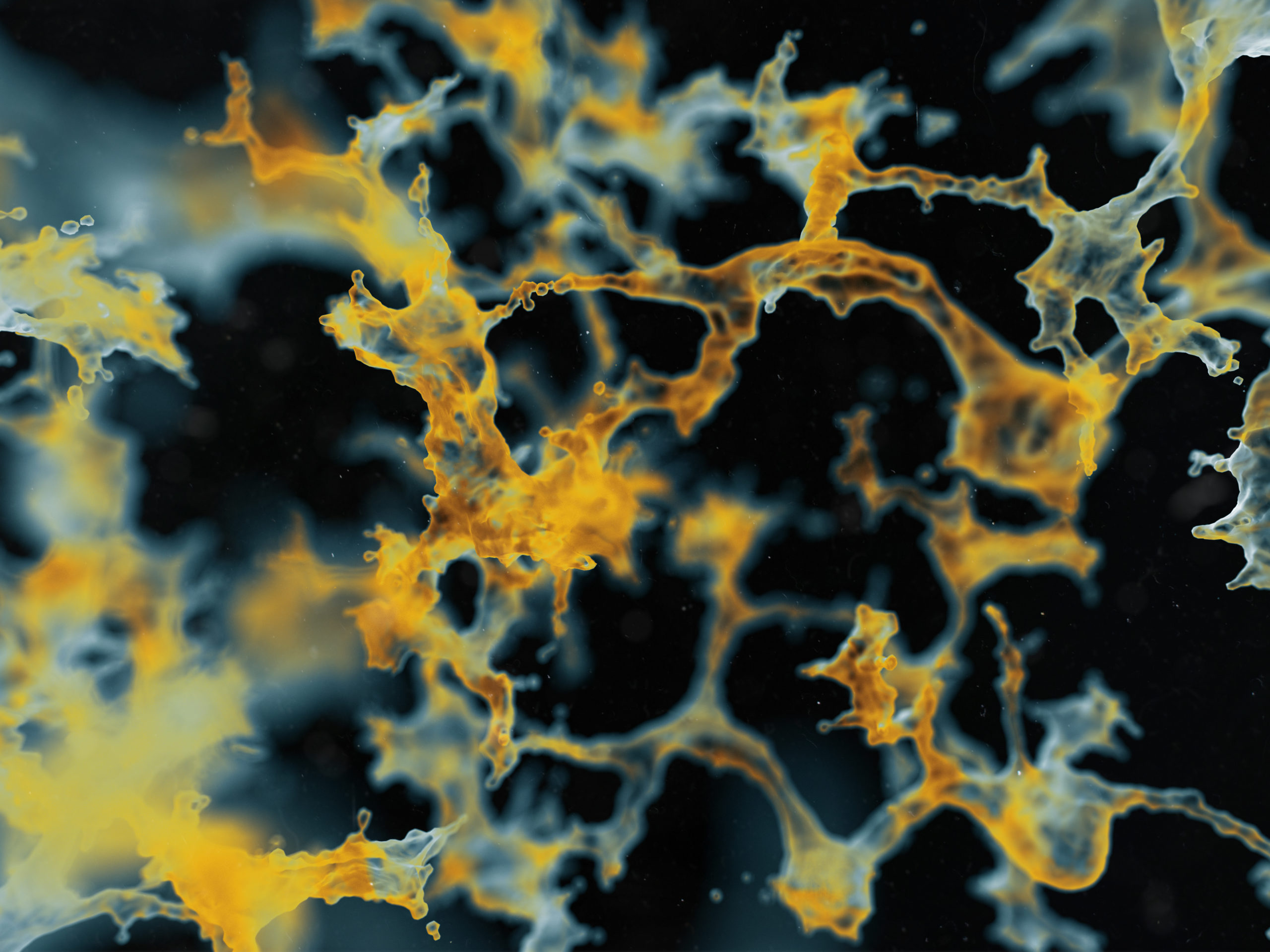
Huntington’s Disease Provides New Cancer Weapon
Northwestern Medicine scientists have discovered why Huntington’s disease is so toxic to cancer cells and have harnessed it for a novel approach to treat cancer.
-

Genetic Modifications to “Clock Gene” Impact Circadian Cycles
A genetic change in a “clock gene” produced significant changes in circadian rhythm, providing insight into how the complex system is regulated according to a study published in PNAS.
-

Study Shows Broader Benefit for Life-Saving Procedure After Stroke
An emergency thrombectomy, which surgically removes large blood clots, may be beneficial in far more stroke patients than previously thought, according to a new trial.
-
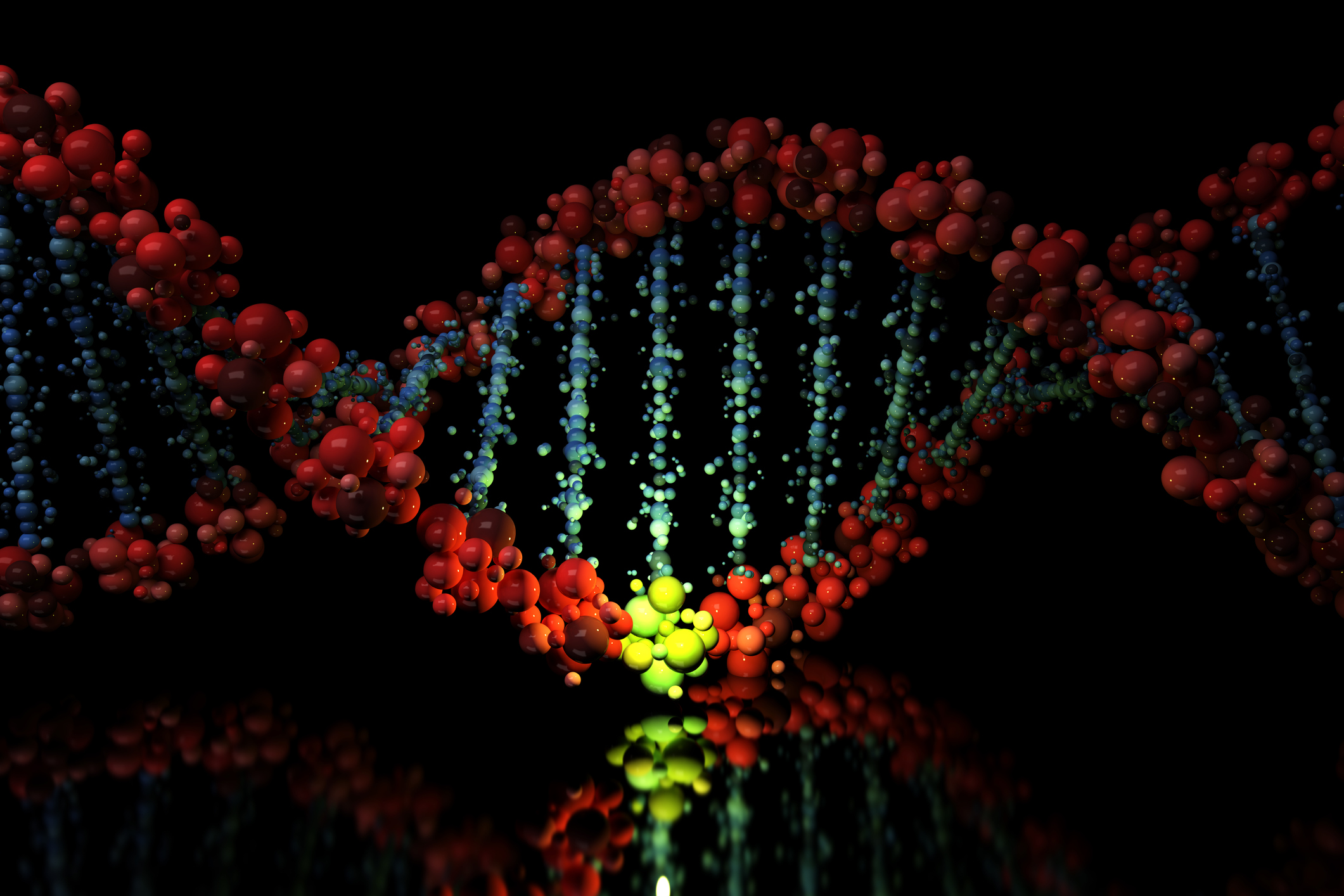
Mechanism Behind Common Parkinson’s Mutation Discovered
Northwestern Medicine scientists uncovered the molecular process behind a buildup of toxic proteins in Parkinson’s patients, a discovery that may lead to improved therapies.
-
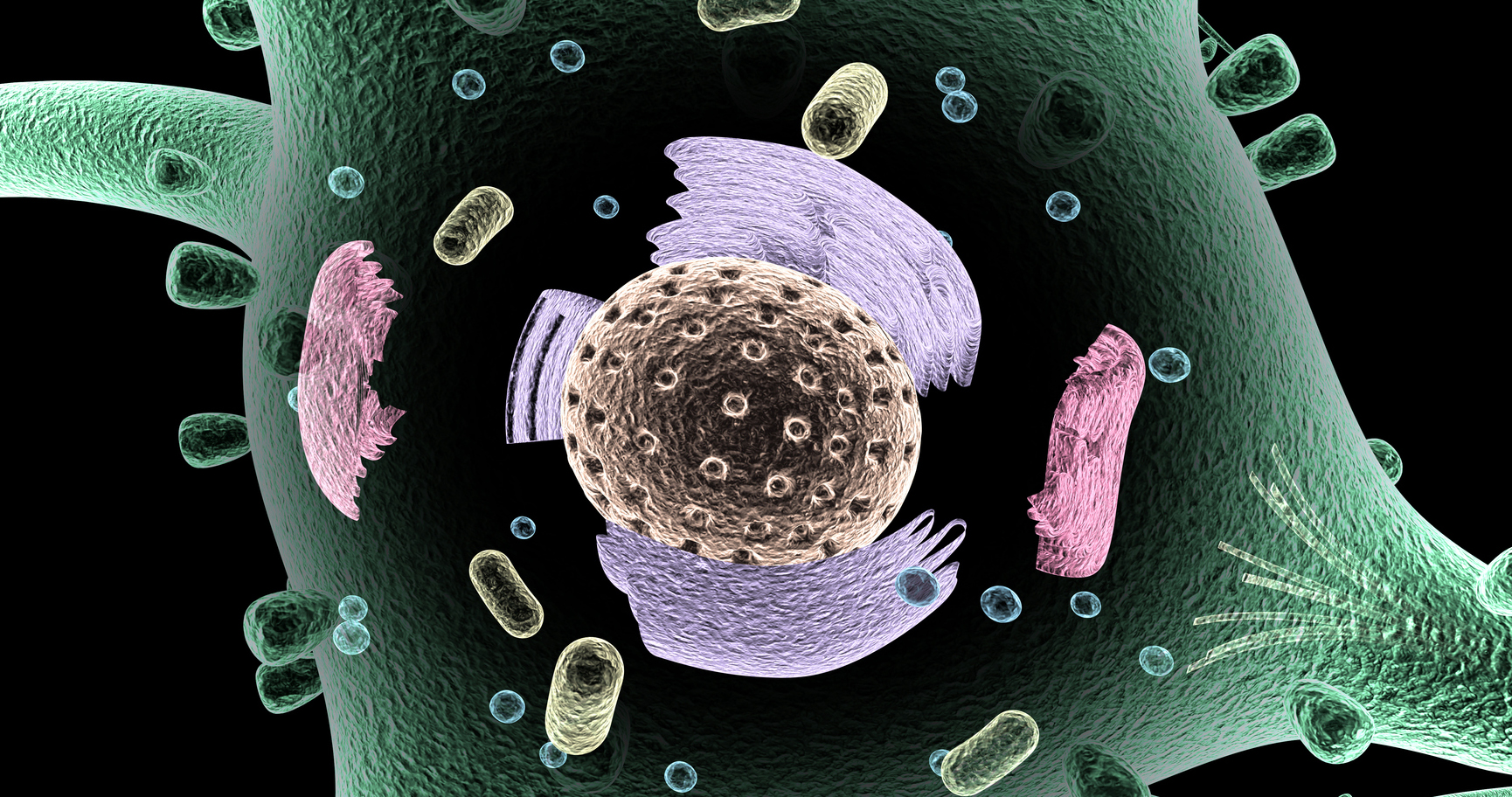
Scientists Identify Direct Contact Between Mitochondria and Lysosomes
For the first time, Northwestern Medicine scientists have discovered that two key cellular structures, mitochondria and lysosomes, are in direct contact with each other.


